LES PAUL
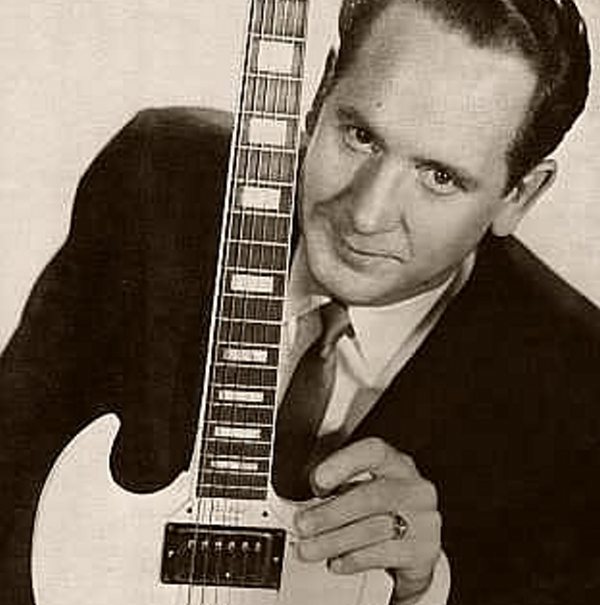
Releases
 Les Paul & Mary Ford
Les Paul & Mary Ford Edith Piaf, Edith Piaf
Edith Piaf, Edith Piaf Edith Piaf, Edith Piaf
Edith Piaf, Edith Piaf Bye Bye Blues, Les Paul & Mary Ford
Bye Bye Blues, Les Paul & Mary Ford Shirley Bassey, Shirley Bassey
Shirley Bassey, Shirley Bassey La Goualante Du Pauvre Jean, Edith Piaf
La Goualante Du Pauvre Jean, Edith Piaf Vaya Con Dios, Les Paul & Mary Ford
Vaya Con Dios, Les Paul & Mary Ford Christmas Cheer!, Les Paul & Mary Ford
Christmas Cheer!, Les Paul & Mary Ford Woman Of Jazz, Varios Artistas
Woman Of Jazz, Varios Artistas Music In The Paddock Lounge, Varios Artistas
Music In The Paddock Lounge, Varios Artistas Vintage Summer. Vol 2
Vintage Summer. Vol 2 Les Paul's New Sound, Les Paul & Mary Ford
Les Paul's New Sound, Les Paul & Mary Ford The 100 Best Songs Vintage Vocal Jazz
The 100 Best Songs Vintage Vocal Jazz Vintage Summer
Vintage Summer Lounge Night Club
Lounge Night Club 108 Songs Vintage Music Jukebox
108 Songs Vintage Music Jukebox 100 Songs for Vintage Ambient
100 Songs for Vintage Ambient Las Edades de la Navidad, The Christmas Ages
Las Edades de la Navidad, The Christmas Ages
Biography
The couple were introduced to each other by Gene Autry in 1946 and were married in 1949.
They first appeared in the pop charts in 1950. Between the years 1950 and 1954, Les Paul and Mary Ford had 16 top-ten hits. They had five top-ten hits within nine months. “Tennessee Waltz”, “Mockin’ Bird Hill”, “How High the Moon” (#1 for nine weeks), “The World Is Waiting for the Sunrise” and “Whispering”. From August 1952 to March 1953 they had five more top-ten hits; “My Baby’s Coming Home”, “Lady of Spain”, “Bye Bye Blues”, “I’m Sitting on Top of the World” and “Vaya Con Dios” (#1 for 11 weeks). In 2009, they were inducted into the Hit Parade Hall of Fame.
YouTube has a large selection of clips from their syndicated TV show “Les Paul & Mary Ford At Home” (1954-’55).
Les Paul and Mary Ford divorced acrimoniously in 1962, which also ended the collaborations between the two.
The duo have a star on the Hollywood Walk of Fame.
Les Paul had hosted a 15-minute radio program, The Les Paul Show, on NBC in 1950, featuring his trio (himself, Ford, and rhythm player Eddie Stapleton) and his electronics, recorded from their home and with gentle humour between Paul and Ford bridging musical selections, some of which had already been successful on records, some of which anticipated the couple’s recordings, and many of which presented dazzling re-interpretations of such jazz and pop selections as “In the Mood,” “Little Rock Getaway,” “Brazil,” and “Tiger Rag.” Several recordings of these shows survive among old-time radio collectors today.
The show also appeared on television a few years later with the same format, but excluding the trio and retitled The Les Paul & Mary Ford Show (aka Les Paul & Mary Ford At Home) with “Vaya Con Dios” as a theme song. Sponsored by Warner Lambert’s Listerine, it was widely syndicated during 1954-55 and was only five minutes (one or two songs) long on film and therefore used as a brief interlude or fill-in on programming schedules. Since Les created the entire show himself, including audio and video, he maintained the original recordings and was in the process of restoring them to up-to-date quality at the time of his death



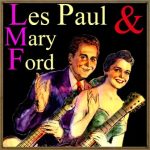 Les Paul & Mary Ford
Les Paul & Mary Ford Edith Piaf, Edith Piaf
Edith Piaf, Edith Piaf Edith Piaf, Edith Piaf
Edith Piaf, Edith Piaf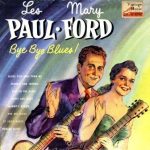 Bye Bye Blues, Les Paul & Mary Ford
Bye Bye Blues, Les Paul & Mary Ford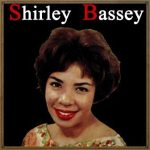 Shirley Bassey, Shirley Bassey
Shirley Bassey, Shirley Bassey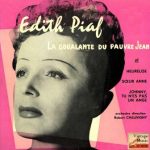 La Goualante Du Pauvre Jean, Edith Piaf
La Goualante Du Pauvre Jean, Edith Piaf Vaya Con Dios, Les Paul & Mary Ford
Vaya Con Dios, Les Paul & Mary Ford Christmas Cheer!, Les Paul & Mary Ford
Christmas Cheer!, Les Paul & Mary Ford Woman Of Jazz, Varios Artistas
Woman Of Jazz, Varios Artistas Music In The Paddock Lounge, Varios Artistas
Music In The Paddock Lounge, Varios Artistas Vintage Summer. Vol 2
Vintage Summer. Vol 2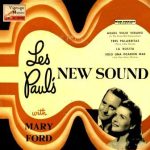 Les Paul's New Sound, Les Paul & Mary Ford
Les Paul's New Sound, Les Paul & Mary Ford The 100 Best Songs Vintage Vocal Jazz
The 100 Best Songs Vintage Vocal Jazz Vintage Summer
Vintage Summer Lounge Night Club
Lounge Night Club 108 Songs Vintage Music Jukebox
108 Songs Vintage Music Jukebox 100 Songs for Vintage Ambient
100 Songs for Vintage Ambient Las Edades de la Navidad, The Christmas Ages
Las Edades de la Navidad, The Christmas Ages



